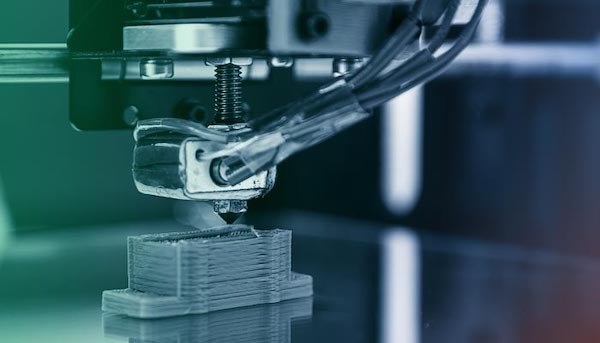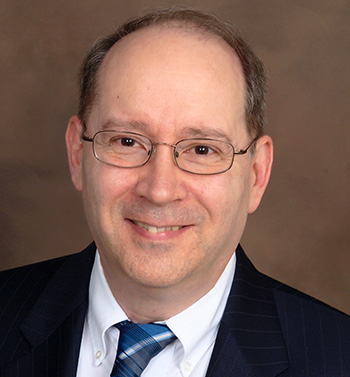Prelude to CAASE21: Simulation is the Key to Qualifying and Certifying New Metal AM Parts
Speaker discusses the challenges of getting regulatory approval for designs manufactured in metal 3D printing.
View or stream online

Prelude to CAASE21: Simulation is the Key to Qualifying and Certifying New Metal AM Parts Duration
9:35 hrs/min/sec
Subscribe today

Latest podcast episodes
- Jon Peddie on Milestone Moments in the History of CAD
- Leadership Profile: Marco Turchetto of ESTECO on How Automation can Improve Simulation Workflows
- Podcast Series: Engineer Innovation
- 2023 State of Design & Make Report Reveals Skilled Labor Shortage and Sustainability Concerns
- More podcast episodes
Latest News
May 24, 2021
Metal-based AM (additive manufacturing) is one of the key developments that elevate 3D printing from a prototyping and hobbyist technology to a manufacturing means. But Lyle Levine, Senior Physicist, National Institute of Standards and Technology (NIST), doesn't think AM should be viewed as a potential replacement for traditional manufacturing methods.
“Additive really shines when you need to make a highly complex part, or when weight is a major factor,” Levine pointed out. “It may also play a major role in mass customization, or building a replacement part on demand ... It's best to think of additive as enabling an entirely new manufacturing space where traditional manufacturing methods cannot compete.”

Levine's background in aerospace gives him the opportunity to understand the challenges of getting new AM parts qualified. In aviation, “safety is a major concern. You don't want to fall out of the sky because a critical part breaks,” he said. Since 3D printing is a relatively new technology (compared to the time-tested manufacturing methods), 3D-printed metal parts must meet a high benchmark before they're allowed to be deployed in flight-critical areas.
“Typically, a year to decades,” estimates Levine. “We're hoping computer simulations can play a role, not in supplanting the measurements, but in supplementing them or reducing the number of items that need to go to the final phase.”
For more on this topic, please listen to the podcast here, and register for his upcoming CAASE21 talk on June 16, titled “Supporting the Simulation Community by Building a Broad-Based Additive Manufacturing Infrastructure.”

CAASE21 speaker Lyle Levine (Image courtesy of Lyle Levine)
Podcast intro music courtesy of Bensound.
Subscribe to our FREE magazine, FREE email newsletters or both!
Latest News
About the Author
Kenneth Wong is Digital Engineering’s resident blogger and senior editor. Email him at [email protected] or share your thoughts on this article at digitaleng.news/facebook.
Follow DE



